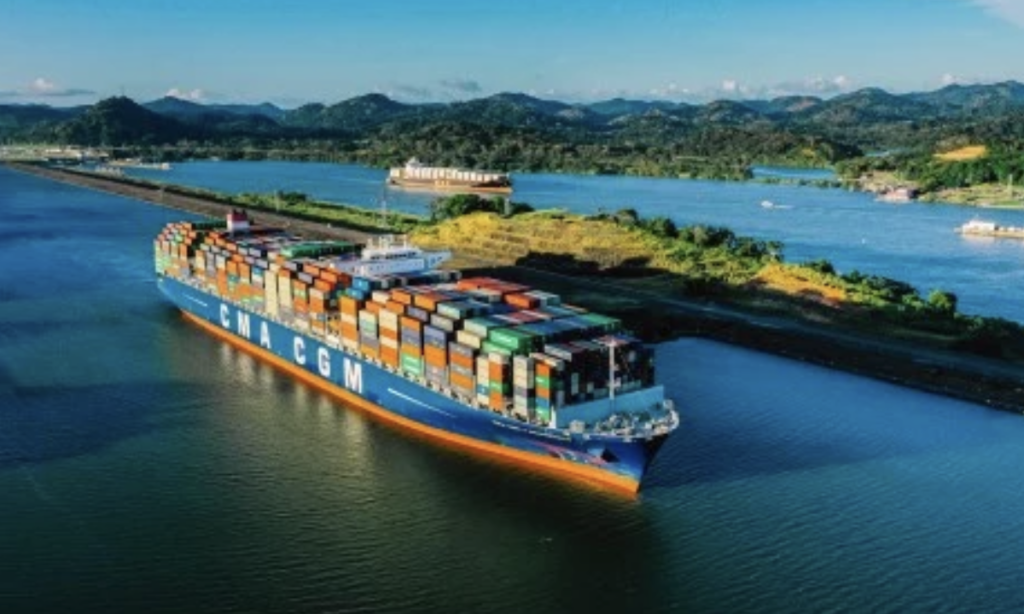
The Panama Canal assured that it continues its operations uninterruptedly at the service of international maritime trade, taking measures to guarantee the fluid and safe traffic of ships, despite adverse weather conditions.
In a statement, the Panama Canal Authority points out that the interoceanic route continues to be the route through which 57.5% of the total cargo transported on container ships from Asia to the east coast of the United States transits, the same percentage as in 2022.
He clarified that this figure has not decreased, so the Canal remains the preferred route for the container carrier segment, which has been minimally impacted by the adjustments to the draft and transits, associated with the measures incorporated to conserve water.
“In the first nine months of fiscal year 2023, 69.6% of neopanamax container ships have a draft of less than 44 feet, and the rest can continue to transit through Panama, since thanks to the multimodal system offered by our route, they unload and load the containers required to continue their journey,” the note details.
The ACP reported that despite the current conditions, the cost of transiting goods through the Panama Canal represents, on average, 0.5% of the value of the cargo that goes in the container. In that sense, the impact of the transitional measures that have been established should not be significant on the final price of the goods.
In order to optimize the use of water during this period and minimize the impact on the volume of goods, the Panama Canal maintains two daily measures:
In the Panamax locks, the draft is maintained and the number of transits is adjusted to 22. In the neopanamax locks, the maximum available draft is 44 feet and transits the usual number of ships, which is 10.
The ACP assured that at the end of August a total of 135 ships were observed, distributed between both entrances, Atlantic and Pacific. Of this total, 53 have reservations and pass through the Panama Canal without delay, on the scheduled date. Those who do not have reservations are waiting between 9 and 10 days, when before they expected about 5 days. Although what is sought is that the queues do not exceed 90 ships, this condition has been presented in previous years.